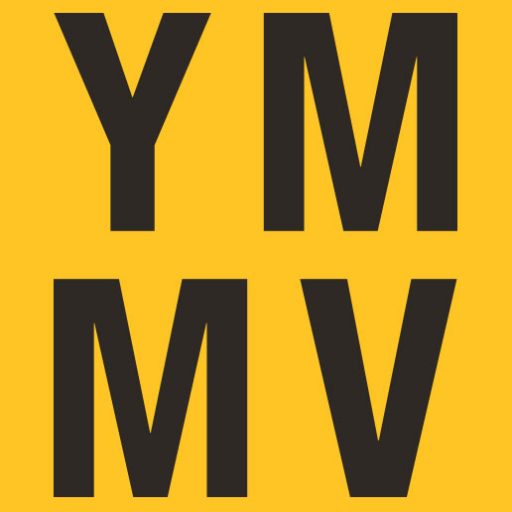So you’re at home. All of your upcoming travel plans have been put on hold. You’re spending the day working, cleaning, baking, reading, doing puzzles or anything to make you forget that there’s a virus lurking outside that’s spreading. Keeping away from others is one of the only things WE can do to slow it down.
The last thing on your mind is packing to leave on a trip because there are no trips to go on. Fortunately, that’s not always going to be the case. We’ll reach a point where humanity and COVID-19 get to a level of equilibrium. That’s not the subject of this article, just know it will happen eventually.
The problem is that a big traffic light isn’t going to turn from red to green, letting all of us know it’s safe to resume traveling the way we used to. Making things even more difficult is you’ll hear politicians, reporters and bloggers saying the worst is over and now’s the best time to get our there, see the world, take advantage of the great deals and spend money to revive the economy.
Waves, not a lightswitch
Just like it took a while for everyone to realize that we all needed to #stayhealthy #stayathome and #washyourhands, there will be some who will want to get out and travel as soon as restrictions are removed.
There will be others (like me) who will feel that even though we’re past the peak, that doesn’t mean the battle is over. People will still be getting sick from coronavirus. Some of them will end up in the hospital, and a small number of those will die from the infection, even when we’re past the peak and on the downturn.
Think of it like waves on a beach. They slowly creep closer to shore until reaching high tide. Once there, the waves just don’t stop. They go down in the same way they came in, a little bit each time. Once we hit the peak there still be more cases each day, just fewer new cases than the day before.
Risk of getting sick while away from home
The thought of getting coronavirus is scary. Even if you’re lucky and asymptomatic, you’re quarantined in your home for 14 days. You get groceries delivered or order takeout. Use the time to clean up that closet, do some baking or just chill with your pet.
So when cities, counties or entire states relax their “stay at home” policies, you might think it’s OK to travel. What if you do and during your trip, you start to develop symptoms? Hopefully, you’re responsible and call your health provider. If you’re not really sick, and because of a lack of testing supplies, they’re most likely going to tell you to self-quarantine. That means to stay where you are, usually for 14 days. If you’re in a hotel, that room is now your home for the next two weeks. You not supposed to leave except for medical attention. No visitors allowed either.
I don’t know about you, but being quarantined at home sounds like the better option than being stuck in a hotel room for two weeks.
If you’re sick enough to be hospitalized, I’d also prefer it to be close to home instead of in another state or country. Even if your loved ones can’t visit, there’s something about them being nearby that’s comforting.
Your employer may not let you travel
Even if you want to jump on that first plane out of here and go to wherever you can, that might cause a problem if your employer’s travel restrictions are still in place.
Large companies were some of the first ones to put travel restrictions on employees. First, by limiting company-sponsored travel and then having employees work from home if possible. My employer has set limits on personal travel. Any voluntary trips overseas, on cruises or to locations known to be a hotspot will earn you an unpaid 14-day vacation once you get home no matter if you’re sick or not (you can use sick/vacation pay for your quarantine if you have any left).
I’d imagine that companies will be slow to lift these restrictions as they’re not going to want a group of workers to get sick from one employee. The same goes for corporate travel. Many conventions and trade shows have been canceled or postponed, and who knows if they ever will come back in the same form they had before.
Sadly, I’d trust a company’s opinion about where it’s safe to travel more than the word of a local government.
Final Thoughts
The most important factor in determining when to travel again will be your own risk tolerance level. The role of the government or a company is only to prevent you from doing the riskiest activities, keeping you from putting yourself and others in danger.
It’s going to be up to you to decide if you feel comfortable traveling knowing what you do about the situation. Unless you’ve already gotten coronavirus and recovered or until we hopefully have a vaccine in 12-18 months, there will be a risk of getting it, no matter where you are. You can try to stay away from hotspots and take precautions but you’re never going to be 100% safe.
If the rate of new infections is low, your chances of getting COVID-19 are reduced (less sick people that you might be near.) How low is low enough for you to travel? Your Mileage May Vary.
#stayhealthy #stayathome #washyourhands
Like this post? Please share it! We have plenty more just like it and would love it if you decided to hang around and get emailed notifications of when we post. Or maybe you’d like to join our Facebook group – we have 12,000+ members and we talk and ask questions about travel (including Disney parks), creative ways to earn frequent flyer miles and hotel points, how to save money on or for your trips, get access to travel articles you may not see otherwise, etc. Whether you’ve read our posts before or this is the first time you’re stopping by, we’re really glad you’re here and hope you come back to visit again!
This post first appeared on Your Mileage May Vary
Join our mailing list to receive the latest news and updates from our team.

